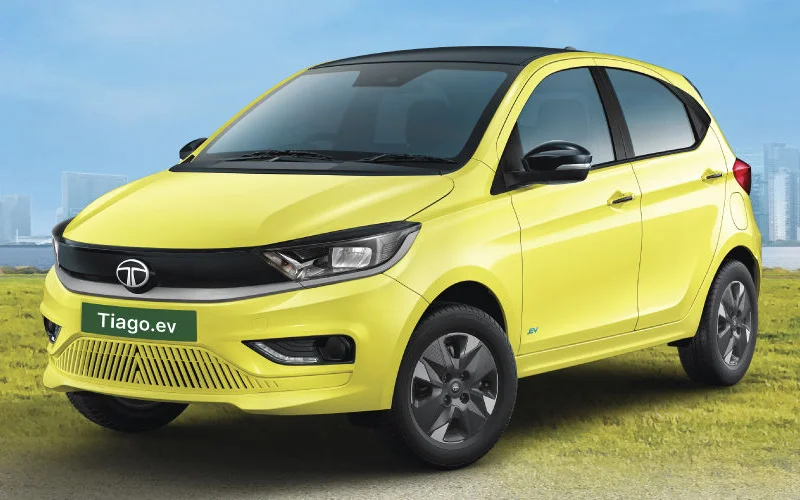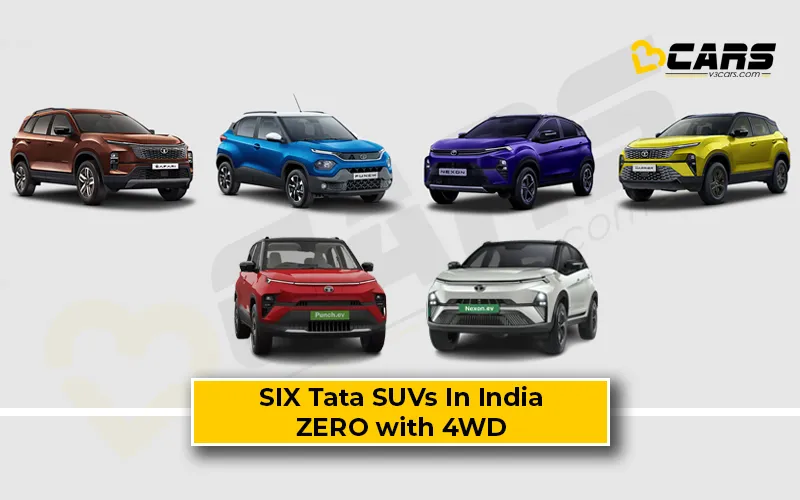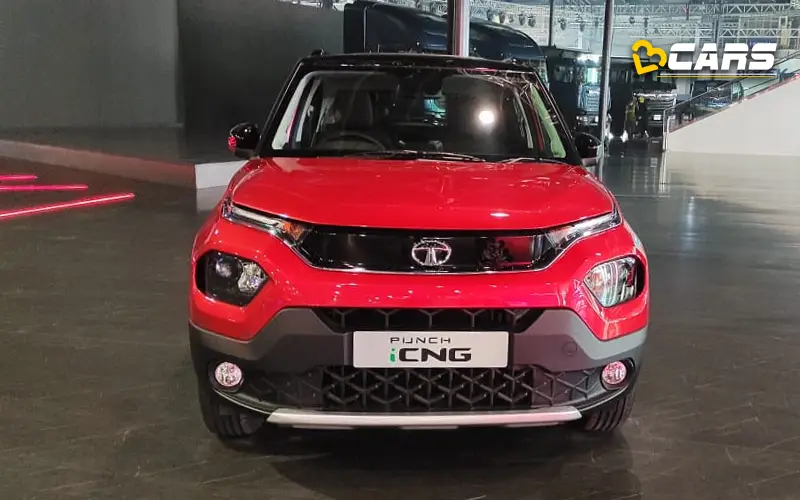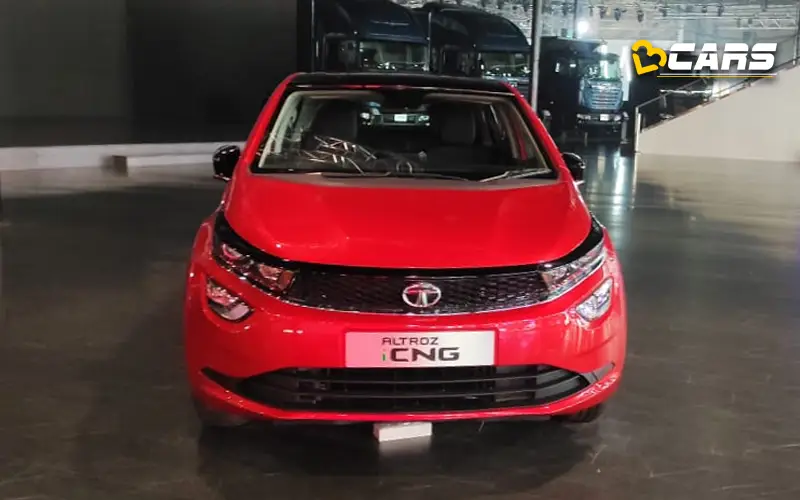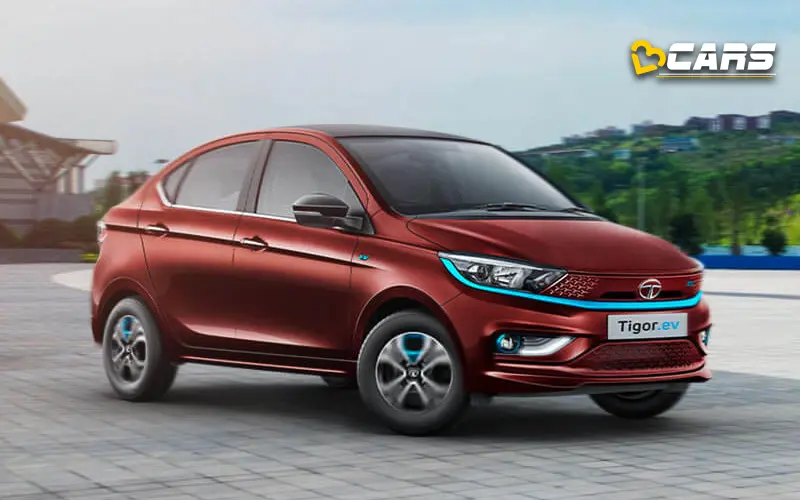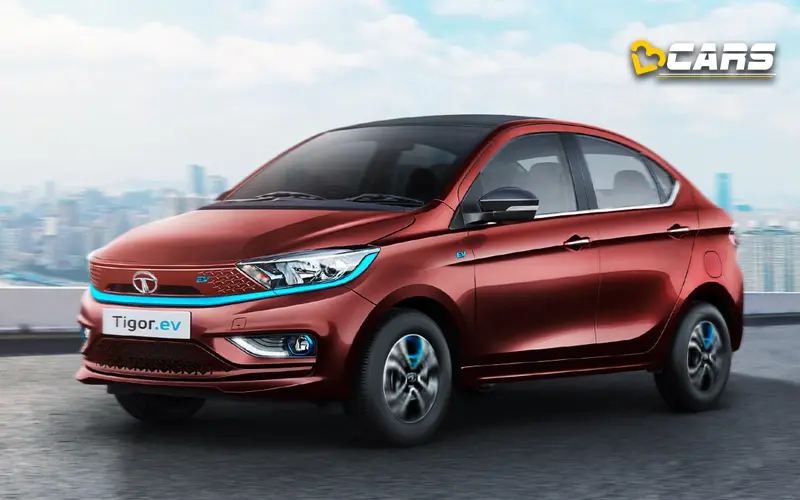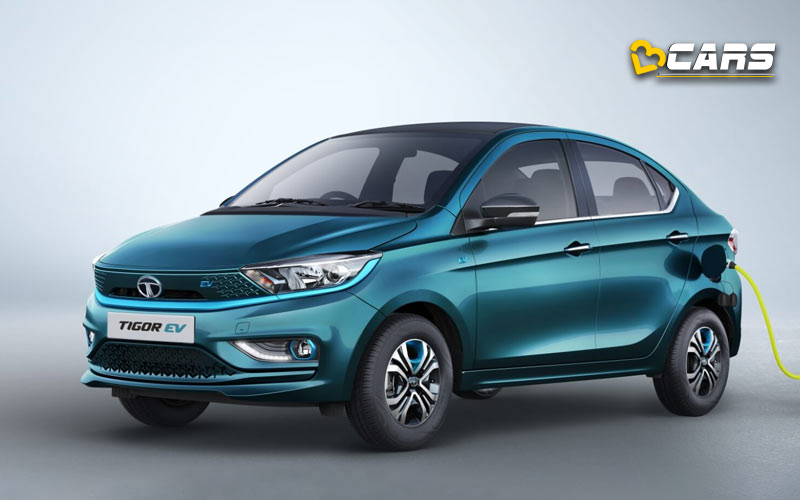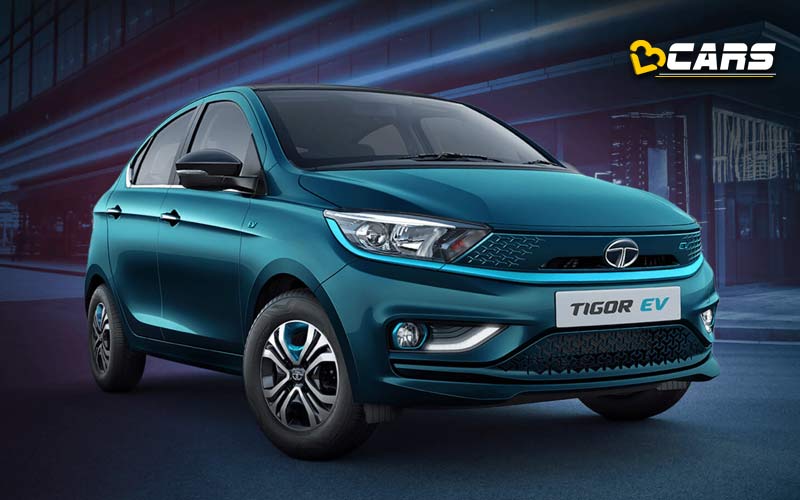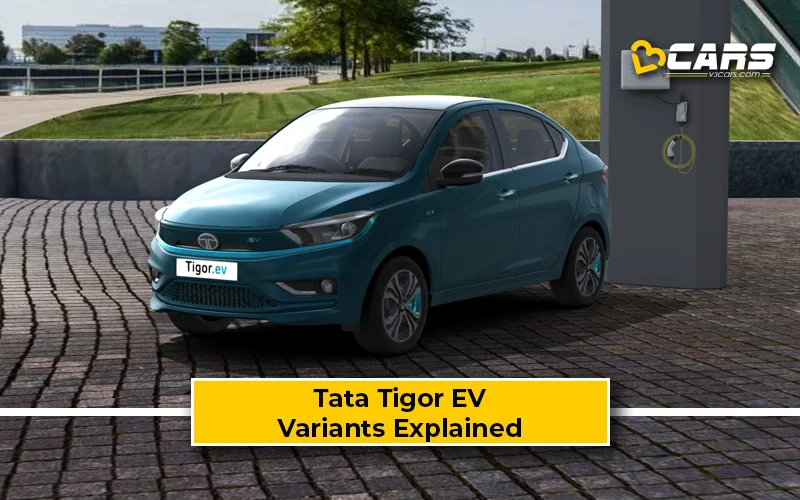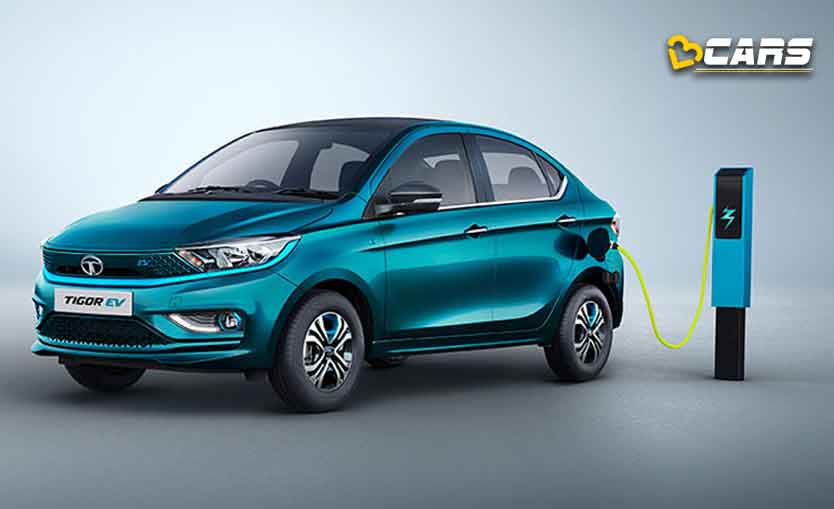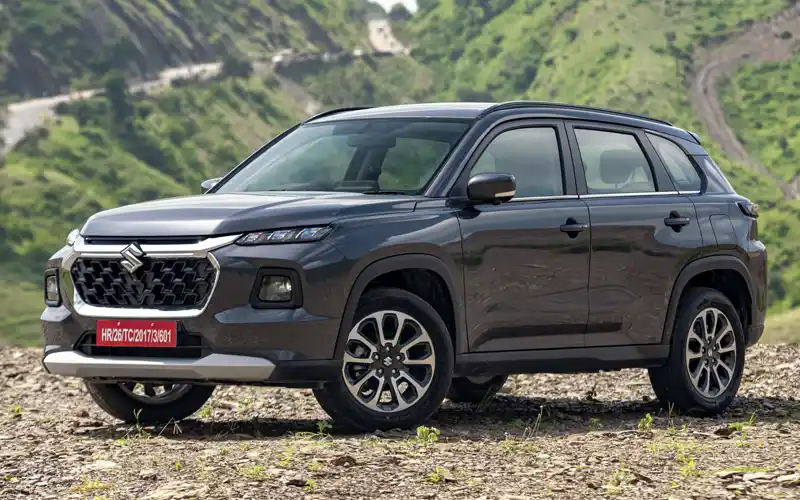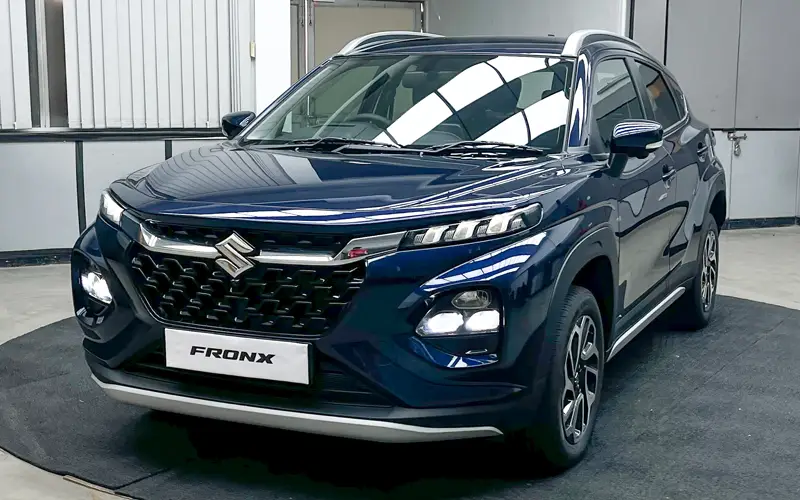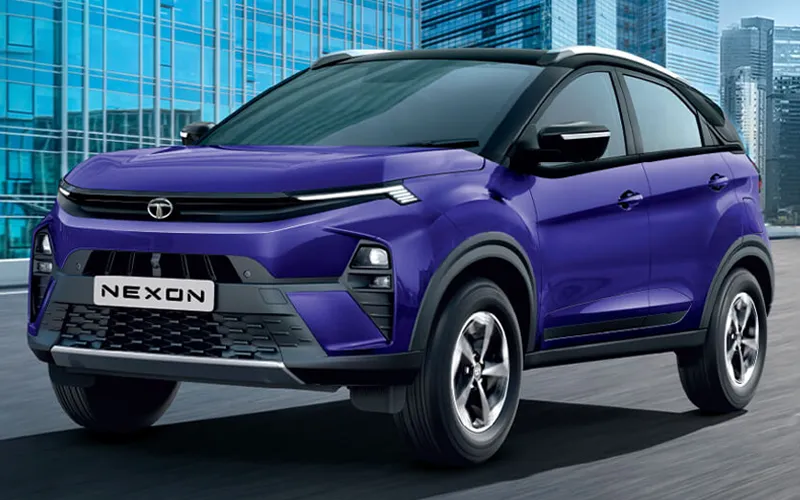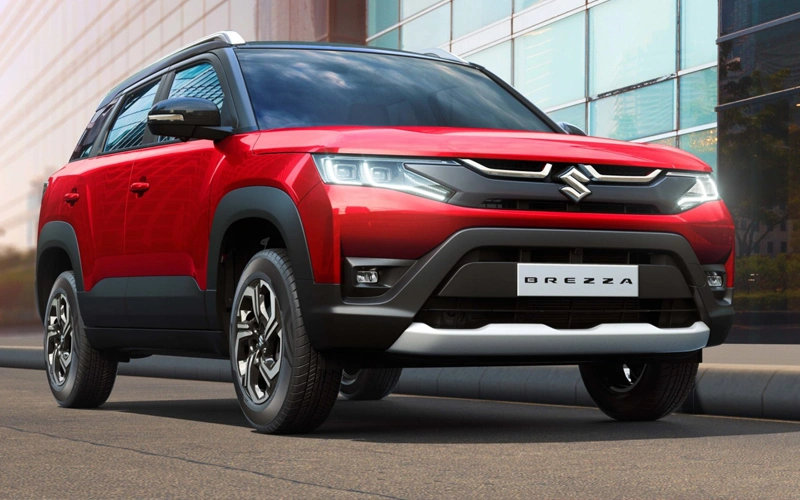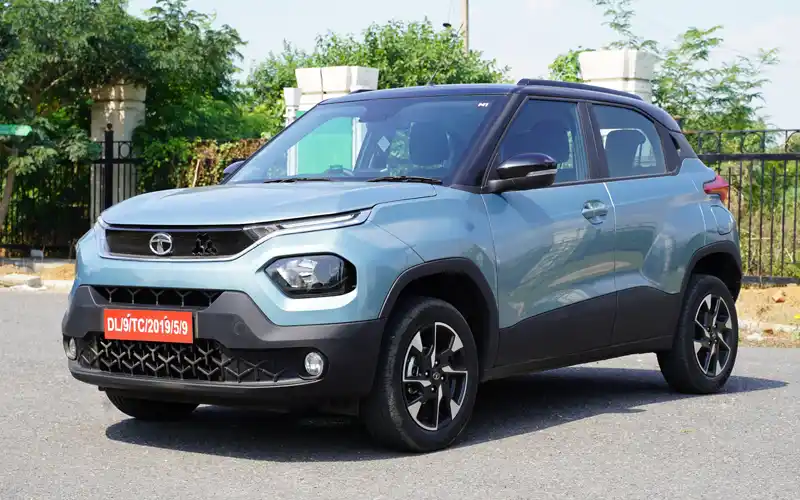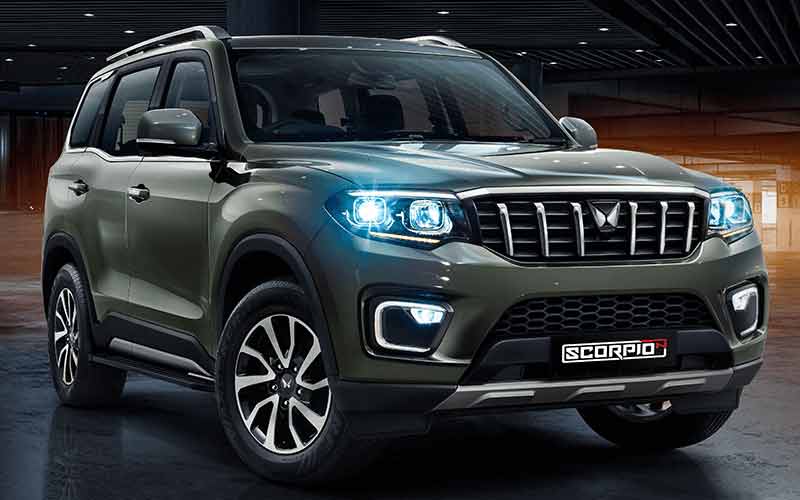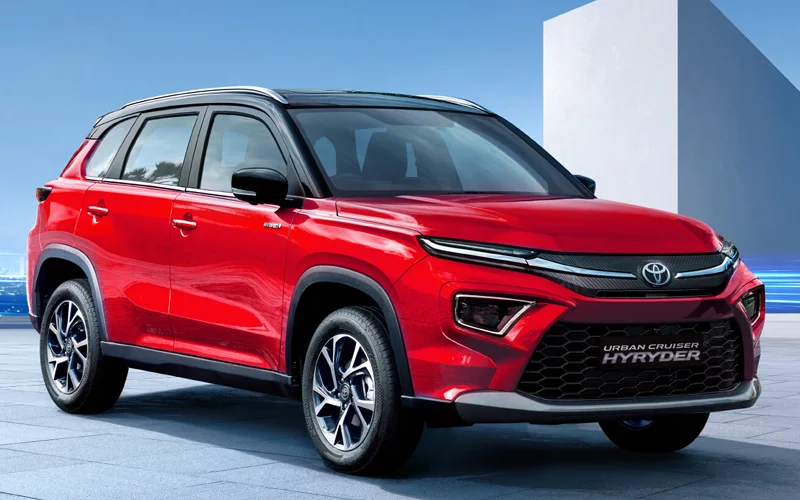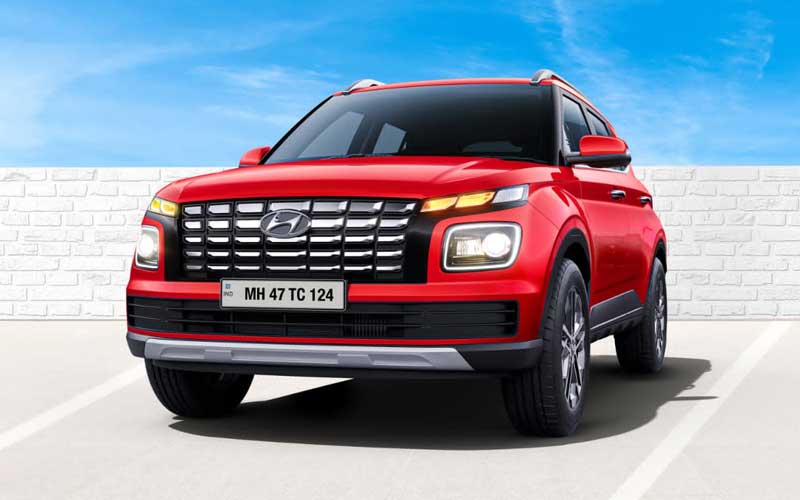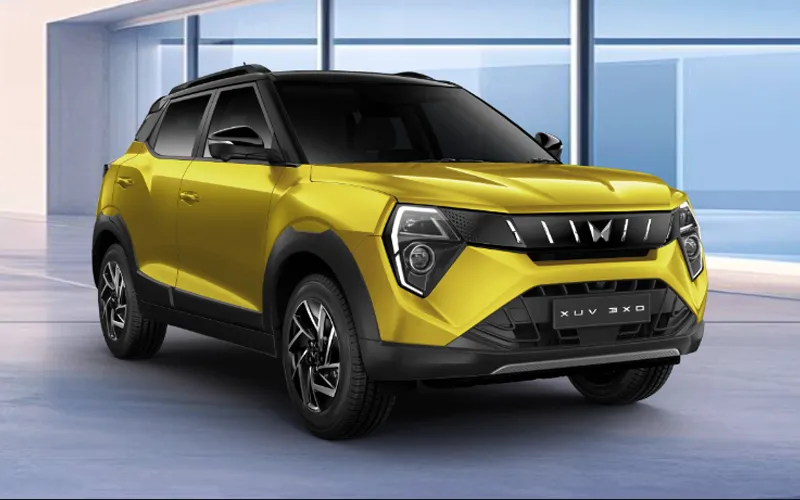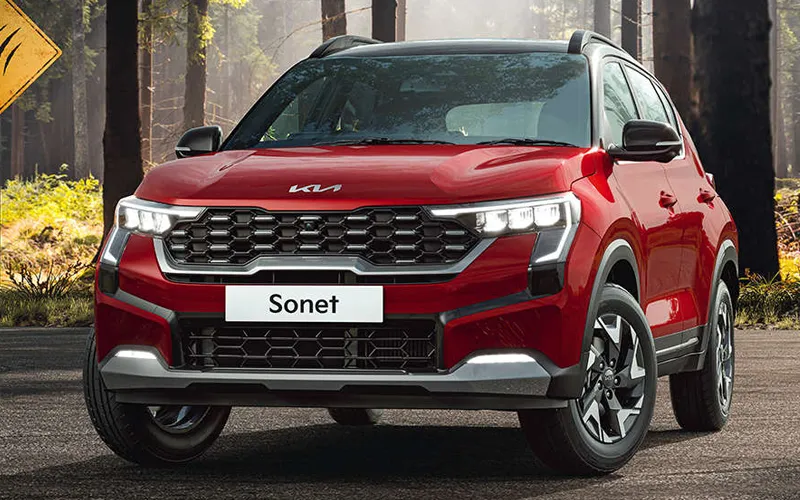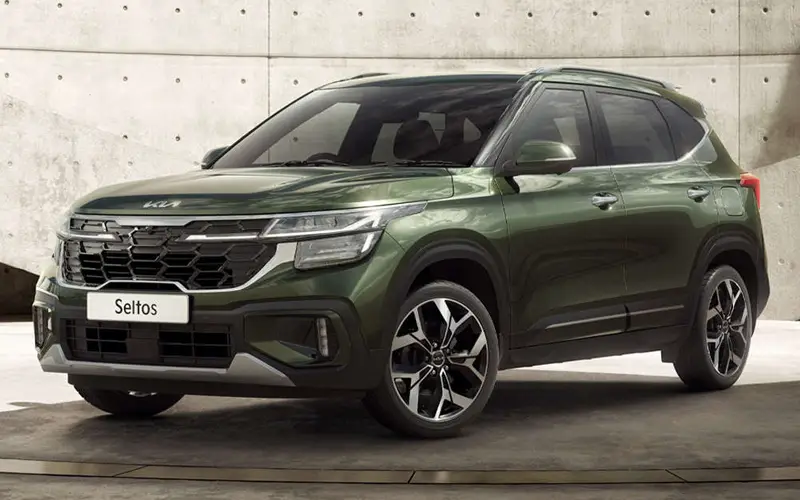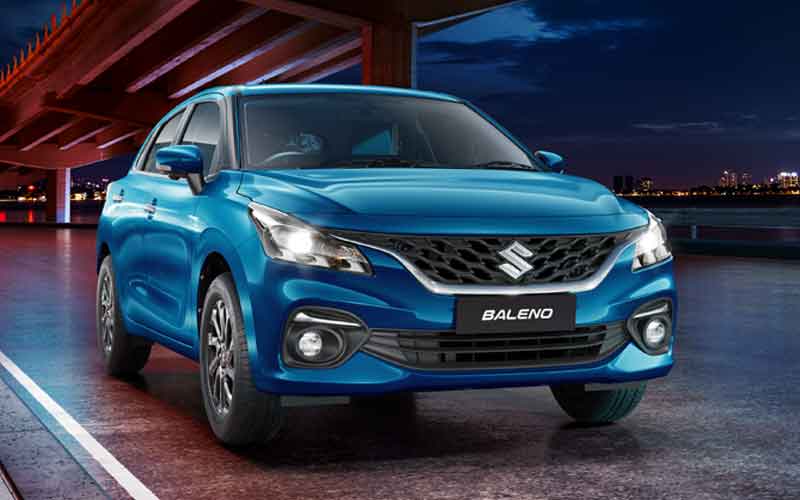Tata Tigor EV Pros & Cons
Check out pros and cons about the Tata Tigor EV that are worth highlighting for a potential buyer. Here are some of the highlights of the benefits of buying the Tata Tigor EV. We'll also list out the Tigor EV drawbacks to help you make an informed buying decision.
Tigor EV Advantanges
-
DC Fast Charging With CCS-2 Connector
In addition to 3.3kW AC charging, all variants of the Tigor EV also get DC fast charging as standard. Moreover, the charging connector is of the CCS2 type, which is most commonly available in India. So, finding a charging station with a compatible connector is fairly easy. With this DC fast charging Tigor EV can be charged from 0-80% in 59 minutes.
-
Preferred Choice For Fleet Buyers
The commercial buyers are a picky bunch. They don’t normally warm up to a specific car unless they see it as a reliable option with low maintenance and fuel costs. If you live in a big-enough city, you must have seen a bunch of Tigor EV’s commercial version, the XPress T, running around. This means that the commercial buyers are comfortable betting their livelihood on the Tigor EV’s platform and powertrain.
Moreover, since they drive the car a lot, their driving helps Tata Motors discover all sorts of bugs and gremlins in the car. Then, Tata can make the necessary changes in design and production to satisfy the needs of the fleet buyers.
That should give us a sigh of relief that its version meant for personal use should also give us satisfactory reliability as the car is well past its beta testing phase.
-
4 Regen Modes (Including Regen Off)
In addition to the mild, medium and heavy regen modes, the Tigor EV also offers the option of completely turning off the regenerative braking. This helps you select the most suitable regen option for coasting, catering to a broader range of driving preferences and conditions.
Tigor EV Disadvantanges
-
Telematics Are Standard
Telematics, or connected car technology, may look helpful on paper. However, this functionality's tech-heavy and data-centric nature raises significant digital privacy concerns. These concerns are particularly notable as Tata Motors haven’t specified which data security expert manages this aspect.
This issue is even more problematic because there isn't a single variant or an option of opting out of the Tigor EV without the telematics feature. Unlike other vehicles where telematics is reserved for higher variants, privacy-conscious buyers cannot even choose a lower variant to avoid this feature. The Tigor EV doesn’t offer you that choice.
-
Doesn’t Get An EV-Specific Platform
The presence of the Punch EV in a similar price range makes this a notable missing feature for the Tigor EV. When developing a new electric car, manufacturers often modify an existing petrol or diesel platform to accommodate an electric powertrain, significantly reducing development costs. However, this approach requires buyers to accept compromises regarding packaging efficiency.
When the Comet EV, which costs far less, can offer a dedicated EV platform, we should expect this from the Tigor EV as well. Moreover, the Tigor EV uses an almost 9-year-old platform, which first debuted with the Tiago in early 2016 and was originally designed for petrol and diesel engines.
-
Missing Features Even in Top Model (~Rs. 14.0 lakh)
For a car costing ~Rs. 12.0 lakh (ex-showroom), it doesn’t have several features like a sunroof, alloy wheels, rear window curtains, 360-degree camera and a head-up display. Once you factor in the pricey nature of electric vehicles compared to petrol cars, many of these are somewhat easy to ignore. What’s not excusable is the lack of front armrest, rear armrest and rear AC vents. Front and rear armrests are fairly standard in cars costing around Rs. 12.0 - 13.0 lakh and they are not that expensive to engineer and integrate into an existing car. The lack of rear AC vents is another serious concern when significantly cheaper cars like the Grand i10 have been offering this feature for several years.
-
Poorly Equipped Base Model
Shockingly, a day/night Inside rear view mirror, which is a standard feature in cars costing around Rs. 6.0 lakh like the Nissan Magnite, is missing from the Tigor EV’s base XE trim, which costs Rs. 12.49 lakh. This level of cost-cutting is unacceptable, especially at this price point. Additionally, several other features are absent, including remote central locking, steering-mounted controls, front and rear armrests, rear camera, touchscreen infotainment, wheel covers, rear defogger, projector or LED headlamps, power mirrors and cruise control.
-
No AC Fast Charging
Surprisingly, Tata Tigor’s EV hardware doesn’t support any kind of AC fast charging. Meanwhile, the Tiago EV gets 7.2kW fast charging support as standard. So, it’s not a technological hurdle for Tata. Tigor’s 3.3kW charger’s 6-hour 0-100% time is painfully slow, and it could have benefitted from having an option of fast AC charging. Even the tiny Comet offers this feature at least as an (expensive) option.
-
Significantly Lower Real-World Range
The real-world range of the Tata EVs we have experienced so far has been about 30-40% below the claimed range. Even with a conservative driving style, we get a realistic range that deviates about 25-30% from the official range figure. With an optimistic estimate, you should expect about 200-230km from the Tigor EV’s 26kWh battery.
In comparison, the MG Comet’s real-world range estimates are much closer to the advertised figures. With a conservative driving style, you can get a 230km real-world driving range from the Comet EV. Even with load and everyday driving, you can expect to get close to a 200km range from the little Comet, which is only a 10-15% deviation from the claimed range.
-
Only For A Few
If you put a gun to our head and forced us to choose, the Tigor XT Plus would be the variant we'd pick. Among the less-equipped options, it offers slightly better features and value. However, it should only be considered if you specifically need a sedan. Based on our value-based algorithm, the additional cost for both higher and lower Tigor variants is not justifiable.
In comparison, upgrading to the Punch EV Adventure Long Range (~Rs. 13.0 lakh) seems much better. It provides an EV-specific platform, an SUV body style, better touchpoint quality, supports AC fast charging, a fresh design, a larger boot, and superior performance. It's also worth noting that the Adventure LR is our top recommendation for Punch EV buyers.
-
Taxi Image
Lastly, another issue for customers is the Tigor EV's association with the taxi market. Its popularity in the fleet market has led to a "taxi tag", which discourages general potential customers from purchasing it.
Tata Tigor EV Competitors
Tata Tigor EV Expert Reviews
Tata Tigor EV: A Detailed Guide To Its Range, Charging And Specs
The Tata Tigor EV is an affordable and practical electric sedan from Tata Motors....
Tata Motors — The Only Mainstream SUV Maker With No 4WD In Portfolio — Opinion
While we have gotten used to pseudo SUVs posing as SUVs, manufacturers still find it...
Tata Nexon New Gen Engine Specifications, Mileage, Power And Torque
This article will give you details about the engine specs, like displacement, power,...
Tata Punch CNG Ground Clearance, Boot Space & Dimensions
This article will give you details about the dimensions, or length, width, height and...
Tata Altroz CNG Ground Clearance, Boot Space & Dimensions
This article will give you details about the dimensions, or length, width, height and...
Tata Tigor EV Facelift Ground Clearance, Boot Space & Dimensions
This article will give you details about the dimensions, or length, width, height and...
Tata Tigor EV Facelift Battery-Motor Specifications, Driving Range, Power, Torque
This article will provide you with the information about the battery-motor specs like...
Tata Tigor EV Engine Specifications, Mileage, Power, Torque
This article will give you a perspective of the engine specs like, displacement, power,...
Tata Tigor EV Ground Clearance, Boot Space & Dimensions
This article will give you details about the dimensions, or length, width, height and...

